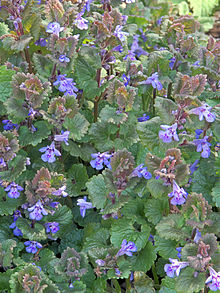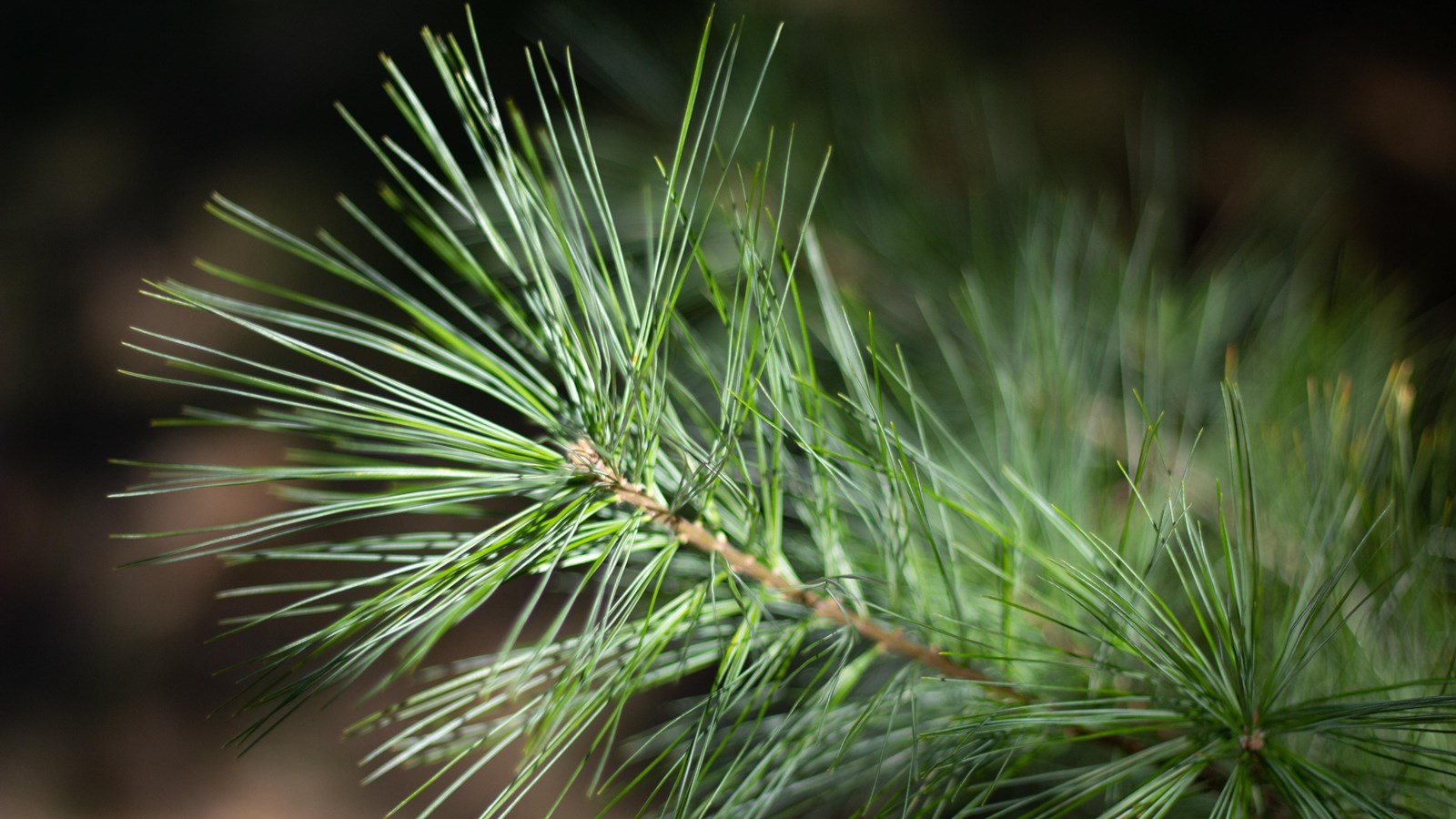 About the cheapest way to stockpile an emergency supply of food is to get mostly rice and beans, because they will supply most of your nutritional needs at an extremely low cost. (See our earlier posts–this one, and this one, for more information.) But that diet would be lacking in some essential vitamins.
About the cheapest way to stockpile an emergency supply of food is to get mostly rice and beans, because they will supply most of your nutritional needs at an extremely low cost. (See our earlier posts–this one, and this one, for more information.) But that diet would be lacking in some essential vitamins.
According to the book Nuclear War Survival Skills, the first vitamin deficiency that will inflict persons living on an austere diet of rice and beans will be scurvy, due to the lack of any vitamin C (ascorbic acid). The first symptoms might appear within a month.
Fortunately, this particular effect of a famine is extremely easy and inexpensive to prevent.
The Recommended Daily Allowance (RDA) for vitamin C is 90 mg/day for men, and 75 mg/day for women. (However, these doses are probably more than necessary, since about 10 mg per day will probably prevent scurvy.) This dose would be extremely inexpensive to stockpile a supply for many years. For example, this bottle on Amazon contains 110 tablets of 500 mg. In other words, one pill could be crushed up to meet the RDA for a family of five, with some to spare. Just three bottles would last a family of five an entire year. This site recommends doing exactly that–grinding up one 500 mg pill and adding it to a drink, which will meet the RDA of the entire family.
Even more economical would be this jar of vitamin C powder. It contains about 226,000 mg (226 grams) of vitamin C (a quarter teaspoon contains 1250 mg). That means that it contains about 2500 servings of the RDA–it would be enough to last one person almost seven years.
Of course another option would be to store multivitamin tablets. In many ways, that is a better option, since this would assure you of a supply of other vitamins, in addition to vitamin C. The cost is somewhat higher, but still reasonable. But the cost of vitamin C is practically zero, and it is the vitamin that you would need before any other.
We think that given the low cost, stockpiling vitamin C would be prudent for everyone. But we also realize that not everyone will be doing it. Fortunately, even if you find yourself in a food crisis unprepared, the vitamin C problem is easily solved.
If you had to forage for all of your food, it’s quite likely that you would starve to death: You simply can’t get enough calories to keep yourself alive over the long term. However, almost anywhere you live, it is quite possible to have vitamin C in abundance simply by foraging.
Your best source of vitamin C will vary depending on where you live. But for me, I have three abundant sources: dandelions, creeping charlie, and pine needles. Any of these will give an abundant supply of vitamin C. There is zero possibility that my cause of death will be scurvy.
Dandelions.
 The dandelion (taraxacum) is edible in its entirety, and is an excellent source of vitamin C. The leaves are the easiest part to eat, and you can find good instructions on doing so at this link.
The dandelion (taraxacum) is edible in its entirety, and is an excellent source of vitamin C. The leaves are the easiest part to eat, and you can find good instructions on doing so at this link.
The roots (not unlike the root of a potato, but on a much smaller scale) might actually provide a few calories for your trouble. But just by consuming the leaves, you’ll get all of the vitamin C that you need. They can simply be included in a salad, as you would lettuce. Or, you can just eat them as they are. The veins of the leaf, especially if they are mature, can be quite bitter tasting. But if you simply remove this part by cutting out the middle, you can just put a leaf in your mouth and eat it. According to WebMD, a cup of dandelion greens contains 19.2 mg of vitamin C. So just half a cup would provide the bare minimum necessary to prevent scurvy.
Creeping Charlie.
 Creeping Charlie (Glechoma hederacea) is considered by many to be a weed, but it is found in many a suburban yard. All parts of the plant are edible, and it has a minty flavor. Again, you can simply eat the leaves, but a good way to consume it is as a tea. You can find instructions at this site. Basically, you just put the washed plant material in a jar, fill it with boiling water, and wait an hour. You can drink the tea either hot or cold.
Creeping Charlie (Glechoma hederacea) is considered by many to be a weed, but it is found in many a suburban yard. All parts of the plant are edible, and it has a minty flavor. Again, you can simply eat the leaves, but a good way to consume it is as a tea. You can find instructions at this site. Basically, you just put the washed plant material in a jar, fill it with boiling water, and wait an hour. You can drink the tea either hot or cold.
I’ve been unable to find the exact dose of vitamin C, but creeping charlie is said to be high in the vitamin, and it seems likely that drinking the tea on a regular basis will fend off scurvy.
Pine Needles
 The needles of many (but not all) pine trees are a good source of vitamin C. In particular, the white pine is an excellent source, and the needles can easily be made into a tea. You can find instructions here, but the recipe is very simple. Just add the needles to water and bring it to a boil. Then, let it steep for 10-20 minutes and strain.
The needles of many (but not all) pine trees are a good source of vitamin C. In particular, the white pine is an excellent source, and the needles can easily be made into a tea. You can find instructions here, but the recipe is very simple. Just add the needles to water and bring it to a boil. Then, let it steep for 10-20 minutes and strain.
In the winter of 1536, explorer Jacques Cartier and his men were suffering the effects of a disease unknown to them, scurvy. Thanks to the Iroquois,pi the made a miraculous recovery after being given pine needle tea.
Sprouting Seeds
If you have beans stored as part of your emergency food storage, then another alternative to obtain vitamin C in a food emergency is to sprout them. Even though the bean does not contain vitamin C, the sprouts do contain this essential vitamin. The process for sprouting them is easy, and you can find complete instructions in Chapter 9 of Nuclear War Survival Skills.
In a food emergency, foraging for food is unlikely to satisfy many of your needs. But it will easily provide you with one necessary nutrient, vitamin C. But still, the cost of buying the vitamin before the emergency is so low that it’s the obvious choice. But if faced with an emergency where you failed to prepare, remember that this particular deficiency is fairly easy to solve.
Some links on this site are affiliate links, meaning that this site earns a small commission if you make a purchase after using the link.
